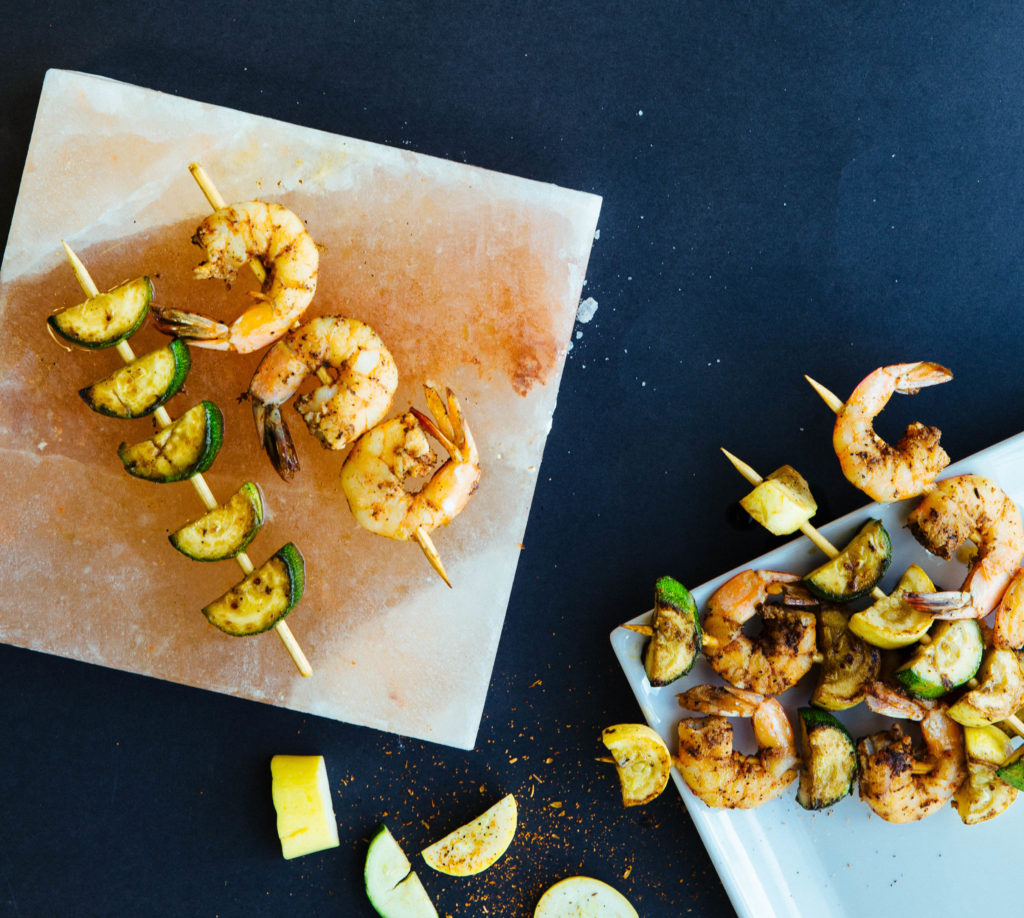
How to up your cooking game with the exotic Himalayan salt block
If you’ve ever been intrigued and intimidated by one of the massive slabs of pink Himalayan salt for sale at Red Stick Spice Company, you’re not alone.
Owner Anne Milneck swears there’s nothing to fear. She’s had her own salt block for nearly five years, and she uses it to cook scallops, shrimp skewers and beef tournedos at home.
“Think of it like you would use cast iron—something that gets blazing hot where you want to sear something,” Milneck says. “You maybe wouldn’t cook Tuesday night chicken on this. I reserve this for more of a parlor trick for guests.”
|
|
The main apprehension from salt block first-timers, Milneck says, is an unwarranted fear of an overly salty result. But if you’re following the rules (high heat, dry foods and a fat barrier), you should end up with an entrée with a gentle salting on the outside—and an impressive presentation.

TIPS FOR COOKING ON A SALT BLOCK
We asked Milneck for her top five tips for cooking on a Himalayan salt block. Make sure to have a good pair of mitts—the heat is about to turn up.
1 Don’t fear adding more saltiness. “What I usually do is lean toward a [seasoning] blend that doesn’t have a lot of salt but still has a lot of flavor—[like Red Stick’s] Shichimi Togarashi, which is a salt-free blend, but it has seaweed in it, which brings that salty umami to the party. Mushroom blends work well, curries work well. I usually err on the side of a very flavorful blend that can still have salt in it.” For simpler seasoning, a touch of salt is fine.
2 Heat the salt block slowly and monitor your temperature. “I’ll start it in the oven at 200 degrees and slowly raise to 400 over an hour, then transfer it to the stove or grill to get it up to 500. Your block will crack if you heat it too fast or if it hits 720 degrees.”
3 Avoid wet foods. “Thick cuts of beef or wet vegetables like tomatoes or onions aren’t good for this. Things that have a high water content and weep, your water is melting your salt, and then it’s over-salting things.”
4 Put down a fat barrier. Milneck suggests a high heat oil for the barrier, such as avocado oil, nut oils or ghee.
5 Clean it tomorrow—no soap or water necessary. “I’ll wait until the next morning so it’s totally cooled, then just use a metal spatula or bench scraper to scrape off a layer of salt.”
Red Stick Spice sells these salt blocks in 8-by-8 and 8-by-12 pieces. They are ideal for cooking, but you can also freeze them and use them like a marble slab for mixing ice cream. redstickspice.com
This article was originally published in the December 2017 issue of 225 Magazine.
|
|
|
